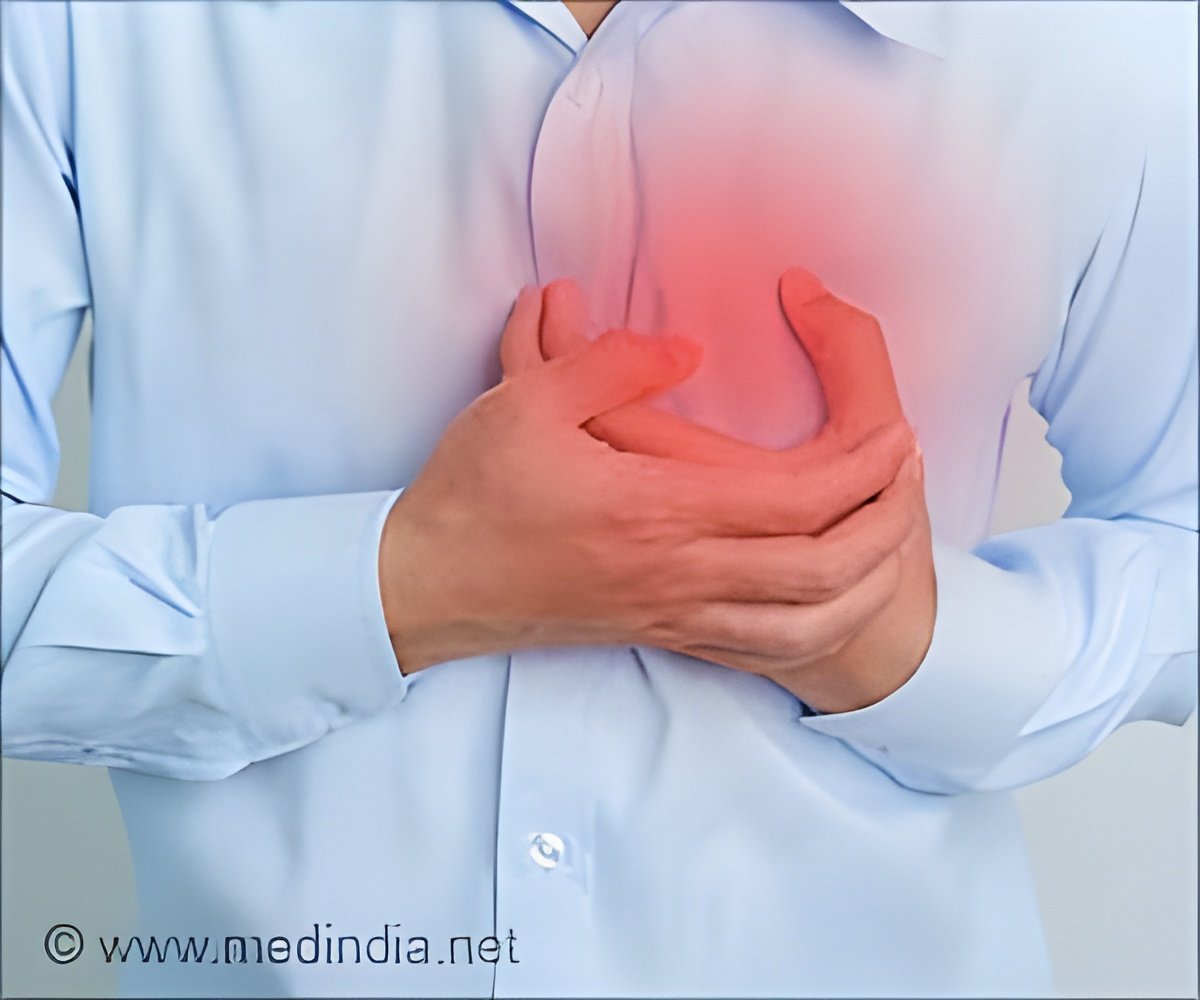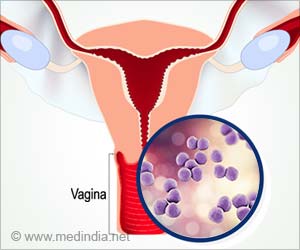
Short-term exposure to air pollution is responsible for 7.3% of total deaths in Kolkata, with the city ranking third highest among ten surveyed cities for such pollution-related fatalities. Delhi tops the list at 11.5%, followed by Varanasi at 10.2%.
The findings of the study conducted by researchers of top institutes of India were published in Lancet Planetary Health. In the study based on research in ten major Indian cities, it has been revealed that 7.3 percent of the total deaths in Kolkata, which come to 4,700 a year, were attributable to short-term PM 2.5 emissions.
Impact of Short-Term Air Pollution on Kolkata Exceeds WHO Guidelines
As per the findings, a copy of which is available with IANS, the exposure to short-term air pollution of the people in Kolkata is higher than the World Health Organisation (WHO) values on this count. The figure is also slightly higher than the 7.2 percent average of the cities covered under the study, which amounts to 33,000 deaths yearly in all ten cities surveyed.
Among the ten cities covered under the survey, Shimla had the lowest air pollution levels.“However, air pollution was still a risk here with 3.7 percent of all deaths (59 per year) attributable to short-term PM2.5 exposure higher than the WHO guideline value. The results from Shimla add credence to global evidence that there is no safe level of air pollution exposure,” the report read.
According to Dr. Poornima Prabhakaran, Director, Centre for Health Analytics Research and Trends (CHART) at the Trivedi School of Biosciences, Ashoka University and India lead of the CHAIR-India consortium, this unique study accounted for a diverse air quality profile across ten cities and demonstrates for the first time that the risk of mortality is significant even at lower levels of air pollution.
“The insights signal an urgent need to revisit our air quality management strategies that currently focus only on ‘non-attainment cities’, rethink current air quality standards accounting for the lower risk thresholds and shift from addressing regional to local sources to effectively protect human health,” she added.–IANSsrc/rad
Source-IANS



